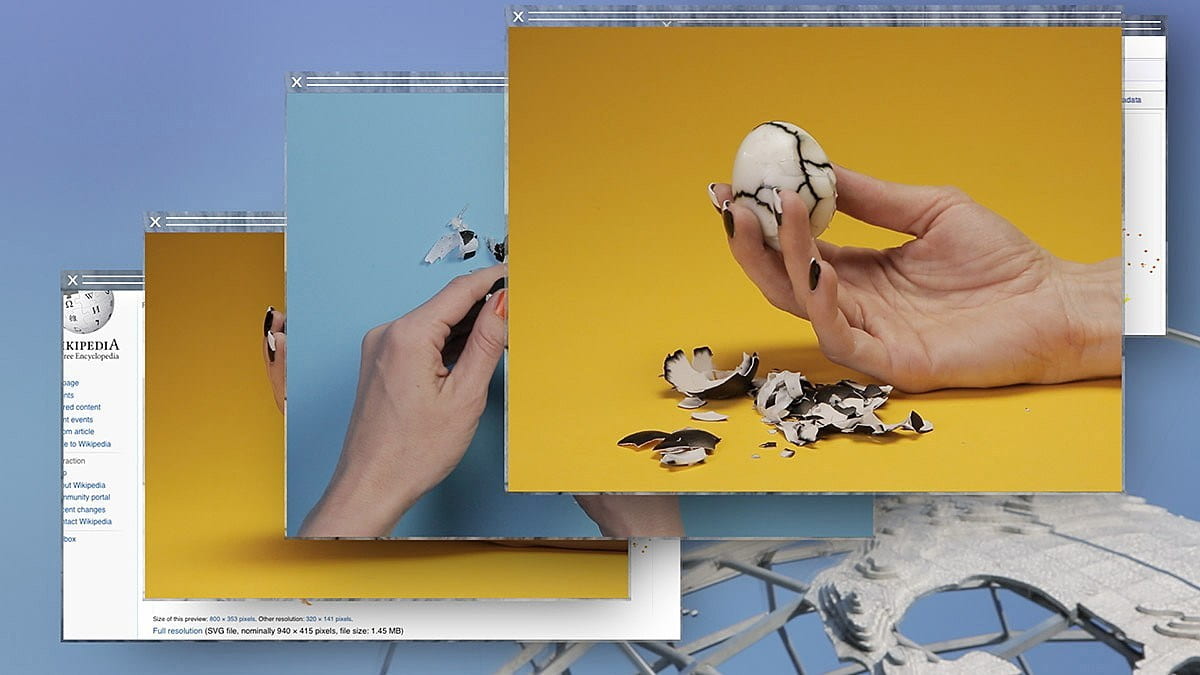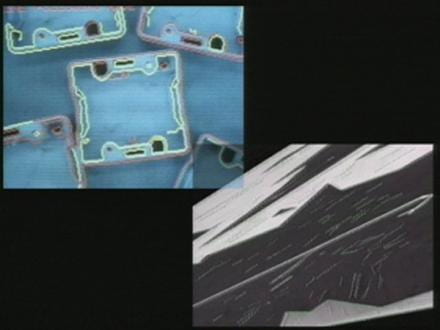I want to do a project on dreams and nightmares and how they change reality. I want to do a video art with some special effects to show this unsettling shift of reality. I find dreams to have an artistic quality due to this change in normal reality. Images like this are an inspiration for my project because of the contrast between two things that don’t normally exist together.
- https://publicdomainreview.org/collections/the-art-of-dreams/

Tatiana Larina’s dream (1891), by Ivan Volkov
-
Farago, Jason. “The Real Story Behind Tilda Swinton’s Performance at MoMA” ,March 28, 2013, https://newrepublic.com/article/112782/real-story-behind-tilda-swintons-performance-moma: this is a performance at MoMA
 Tilda Swinton’s Performance at MoMA
Tilda Swinton’s Performance at MoMA - “Artist Anna Fafaliou Brings Sleep Performance to Peak”,Sep 30, 2016 ·
https://medium.com/@peaklabs/artist-anna-fafaliou-brings-sleep-performance-to-peak-cb161ff818a1 “It’s an unrehearsed performance project with audience participation where Anna will be creating a dialogue between physical presence and architecture through the sleeping bodies.” Also this Performance is related to our first project– Memory.the artist said:’Inspired by the notion of memory, identity & visual perception I create installations & performances exploring the relationship between object, memory and space. The play between reality & abstraction stands at the forefront of my projects. What interests me the most is to create engaging projects that intrigue the audience to participate.”
“It’s an unrehearsed performance project with audience participation where Anna will be creating a dialogue between physical presence and architecture through the sleeping bodies.” Also this Performance is related to our first project– Memory.the artist said:’Inspired by the notion of memory, identity & visual perception I create installations & performances exploring the relationship between object, memory and space. The play between reality & abstraction stands at the forefront of my projects. What interests me the most is to create engaging projects that intrigue the audience to participate.”

